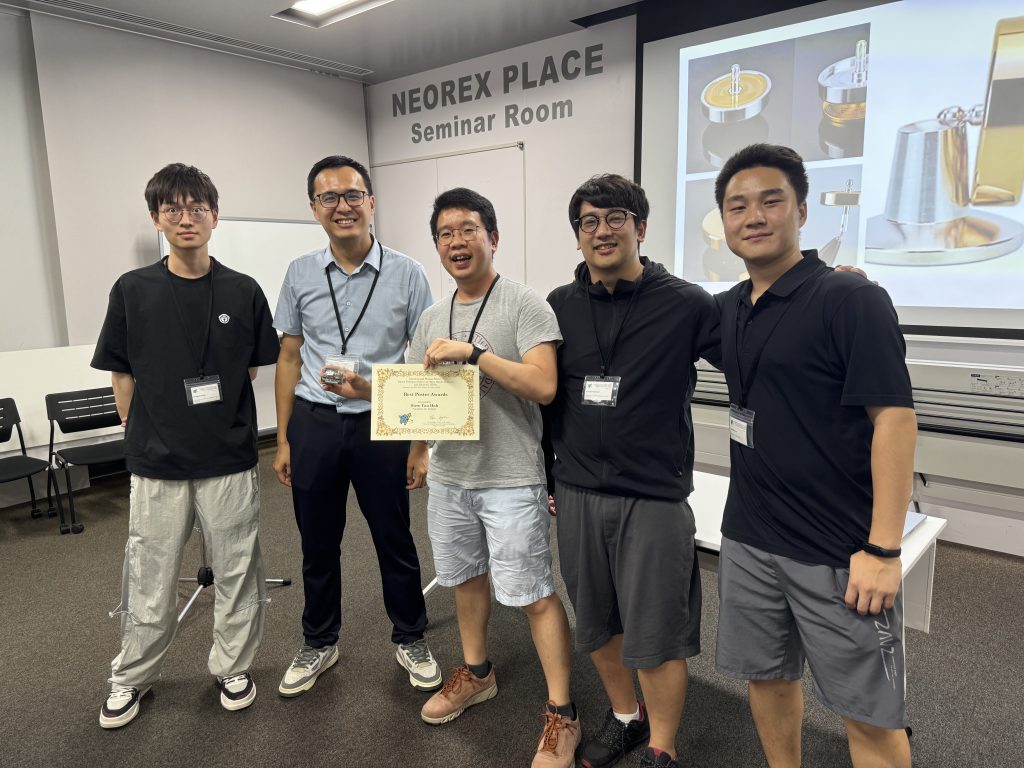
Research Focus of Our Group
Our group is dedicated to advancing precision frontier experiments that use the muon as a powerful probe to test the Standard Model of particle physics. Despite being discovered in 1936, the muon remains central to cutting-edge research today, playing a key role in both confirming and challenging our understanding of the Standard Model. The muon and the electron, both leptons, are nearly identical except for their mass, yet the reason for the muon’s (also tau’s) existence remains an open question. To help solve this puzzle, our group focuses on precision measurements of the muon’s fundamental properties, including the magnetic anomaly and electric dipole moment. We are actively engaged in a wide range of experimental physics activities, including the development of high-quality muon beams, beam and detector simulations, detector prototyping, data reconstruction, and advanced data analysis techniques. Recently, we have initiated two major projects: the establishment of a high-repetition-rate pulsed muon source as part of the SHINE facility and a muography initiative aimed at advancing detector technology and imaging applications for city underground space exploration. We warmly welcome young, motivated physicists to join us in Shanghai and contribute to these exciting efforts!

TDLI Muon Physics Group Culture
At the TDLI Muon Physics Group, we are committed to fostering an enriching environment for both education and research. To support the growth and development of our members, we hold weekly journal clubs where we discuss recent advances in muon physics and related topics. Additionally, we organize study groups focused on foundational textbooks to help newcomers gain a strong grasp of key concepts in particle physics and muon physics. We encourage our students and postdocs to actively share their work at national and international conferences, with the goal of presenting at least twice a year. Participation in these events not only builds presentation skills but also provides valuable networking opportunities with experts in the field. Our group also welcomes motivated undergraduate students through various research programs, including the PRP, Zhiyuan Scholar Program, Summer Internship, and international initiatives like the DAAD Worldwide RISE program. Exceptional students may have the opportunity to collaborate with world-class institutions such as Fermilab, PSI, and J-PARC, where they can engage in hands-on research in cutting-edge facilities. We strive to create a vibrant, supportive culture where members are empowered to pursue excellence in muon physics while contributing to the global scientific community.



